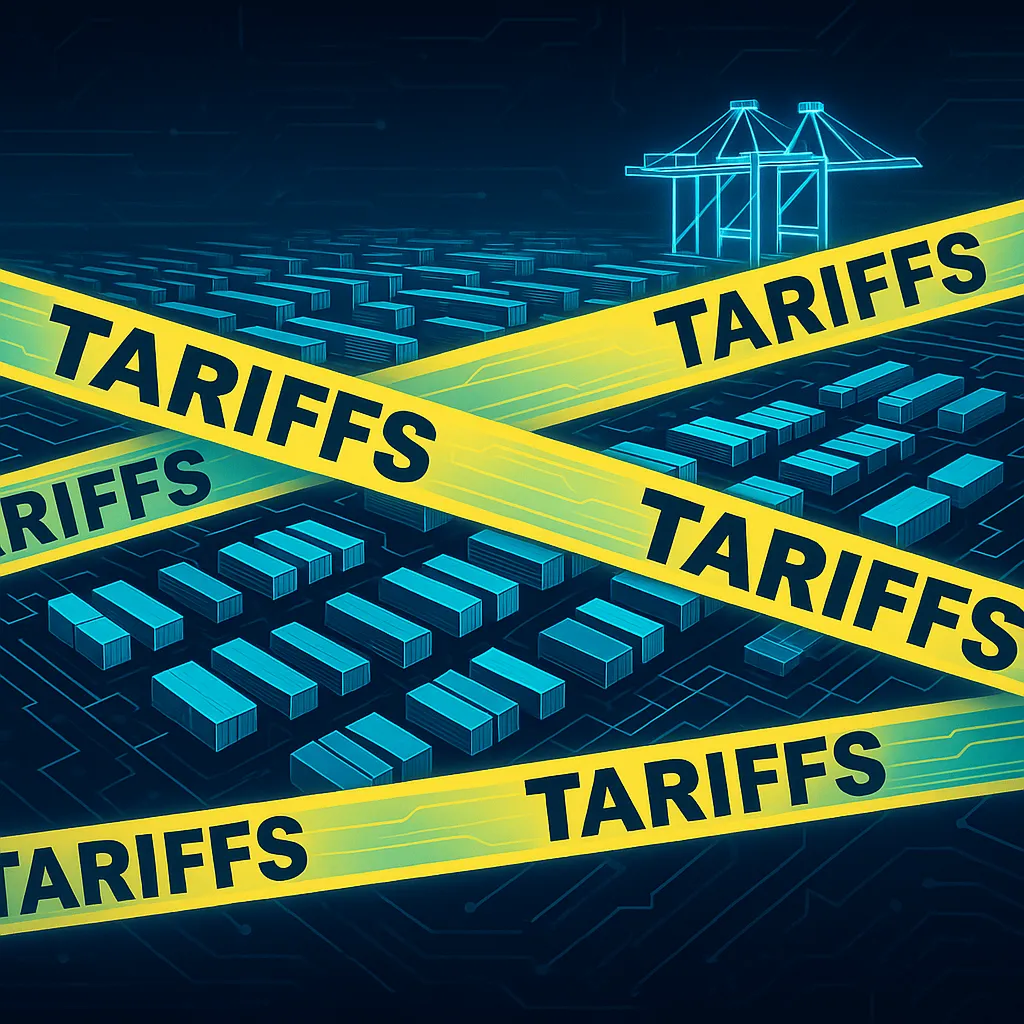EFPIA Urges EU Exemptions for Innovative Medicines After EU-US Statement Confirms 15 Percent Pharma Tariff
Aug 22, 2025 | 3 min read

An EU-US joint statement confirms a single, all-inclusive 15 percent tariff on pharmaceutical exports, with a special regime for generics that applies only the most-favored-nation tariff starting September 1.
The European Federation of Pharmaceutical Industries and Associations (EFPIA) called on EU policymakers to secure exemptions for innovative medicines after the EU and the United States issued a joint statement on August 21 confirming a single, all-inclusive 15 percent tariff for pharmaceuticals. The statement clarifies that exemptions to the tariff ceiling will apply to generic pharmaceuticals and to their ingredients and chemical precursors.
Under the statement and accompanying European Commission materials, generic pharmaceuticals and their ingredients and chemical precursors will move to a special regime from September 1 in which only the most-favored-nation tariff applies. According to a Commission Q&A, most-favored-nation tariffs are effectively zero or close to zero. The EU and the US said they would continue to work to extend this regime to other product categories.
EFPIA’s director general, Nathalie Moll, said there is “no clear path for exemptions for innovative medicines,” adding that the federation remains concerned for patients and the sector in Europe. EFPIA is seeking a strategic sector dialogue with the European Commission and EU member states.
The European Commission described the overall framework as establishing “fair, balanced and mutually beneficial transatlantic trade and investment.” The joint statement follows further negotiations on the July 27 deal that imposed a flat 15 percent tariff on most exports from the EU to the US. The US tariff policy is intended to encourage companies to shift manufacturing to the United States and to increase employment there.
At a glance
- Confirmed rate: Single, all-inclusive 15 percent tariff for pharmaceuticals exported from the EU to the US.
- Generics regime: From September 1, generics and their ingredients and chemical precursors face only MFN tariffs.
- EFPIA request: Exemptions for innovative medicines and a sector dialogue with EU institutions.
- Commission view: Framework for fair, balanced, mutually beneficial trade.
What changed since the last milestone
- July 27: EU-US deal imposed a flat 15 percent tariff on most EU exports to the US.
- August 21: Joint statement clarified a single 15 percent tariff for pharmaceuticals and a special MFN-only regime for generics and their inputs.
What was announced now
- EFPIA urged EU policymakers to secure exemptions for innovative medicines and requested a strategic sector dialogue with the Commission and member states.
Why this matters
- Patients and access: EFPIA says tariffs on medicines could create shortages and impact access for patients.
- Research and industry: EFPIA warns tariffs may build barriers to global R&D and harm the industry on both sides of the Atlantic.
- Policy continuity: EFPIA says the framework breaks a 30-year commitment to eliminate tariffs on innovative medicines and their components.
Plain-English definitions
- Tariff: A tax applied to imported goods.
- Most-favored-nation (MFN) tariff: A standard tariff rate applied to WTO members. The Commission notes these rates are effectively zero or close to zero in this context.
- Innovative medicines: Not defined in the text; EFPIA is seeking exemptions for this category.
Key numbers and timeline
- 15 percent: All-inclusive tariff level for pharmaceuticals.
- September 1: Start of the MFN-only special regime for generics and their ingredients and chemical precursors.
- August 21: Joint EU-US statement published.
- July 27: Earlier tariff deal covering most EU exports to the US.
Executive voice
- Nathalie Moll, EFPIA director general: “With a potential 15% US tariff on pharmaceuticals, no clear path for exemptions for innovative medicines and no visibility on future trade and pricing policies, we remain concerned for the future of patients and our sector in Europe.”
- On next steps: “As discussions on exemptions continue, we urge the EU and member states to secure exemptions for innovative medicines to protect patients and ensure the EU pharmaceutical industry is competitive.”
What to watch next
- Any EU movement to secure exemptions for innovative medicines.
- Whether the EU-US parties extend the MFN-only regime to other product categories.
- Outcomes of EFPIA’s requested sector dialogue.
What we do not know yet
- The specific scope of “innovative medicines” that might qualify for exemptions.
- Product-level MFN rates beyond the Commission’s general characterization.
- Detailed implementation mechanics for the September 1 generics regime.
Additional context
- The US tariff policy is described as intended to encourage manufacturing shifts to the United States and boost employment.
Source: EFPIA Rallies EU To Shield Innovative Drugs After US Tariff Cap Is Confirmed by Neena Brizmohun.



 Gradial
Gradial  PEGA
PEGA 




